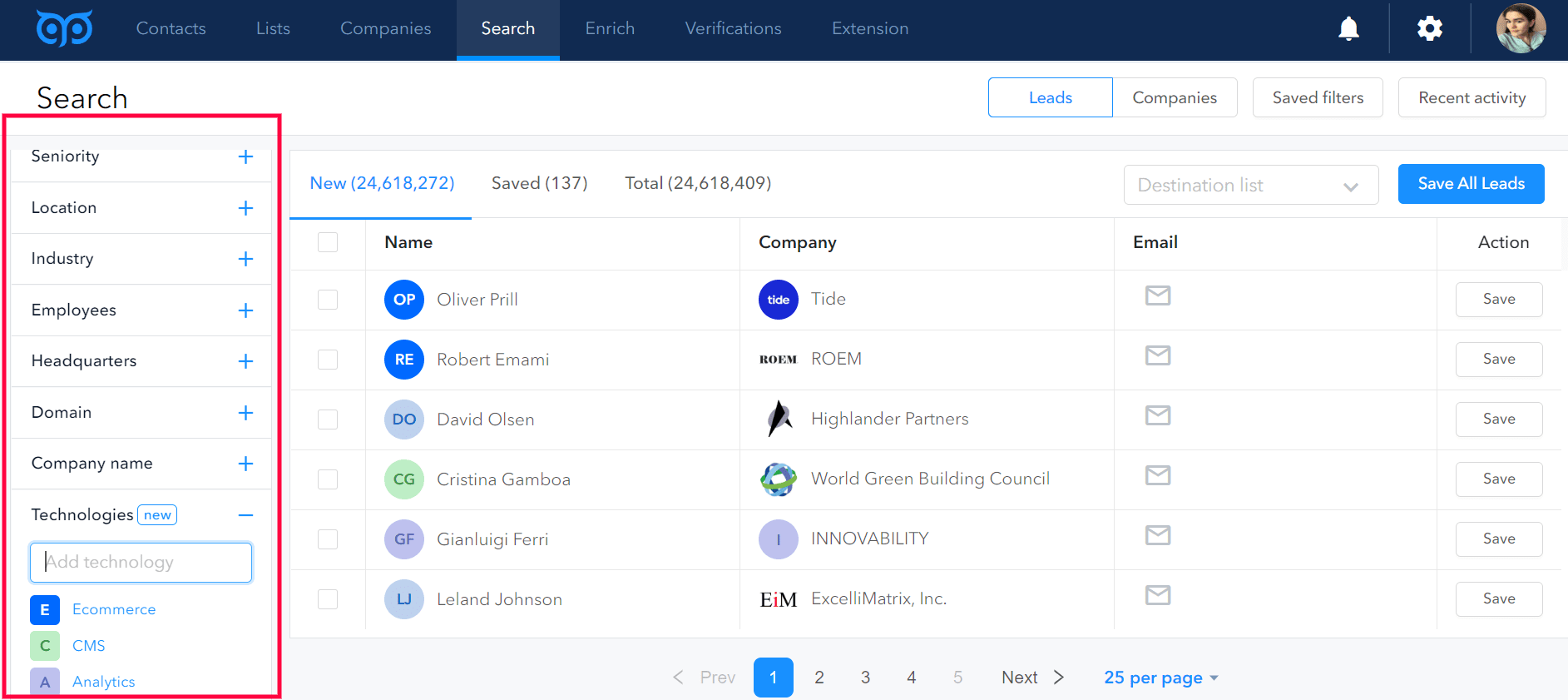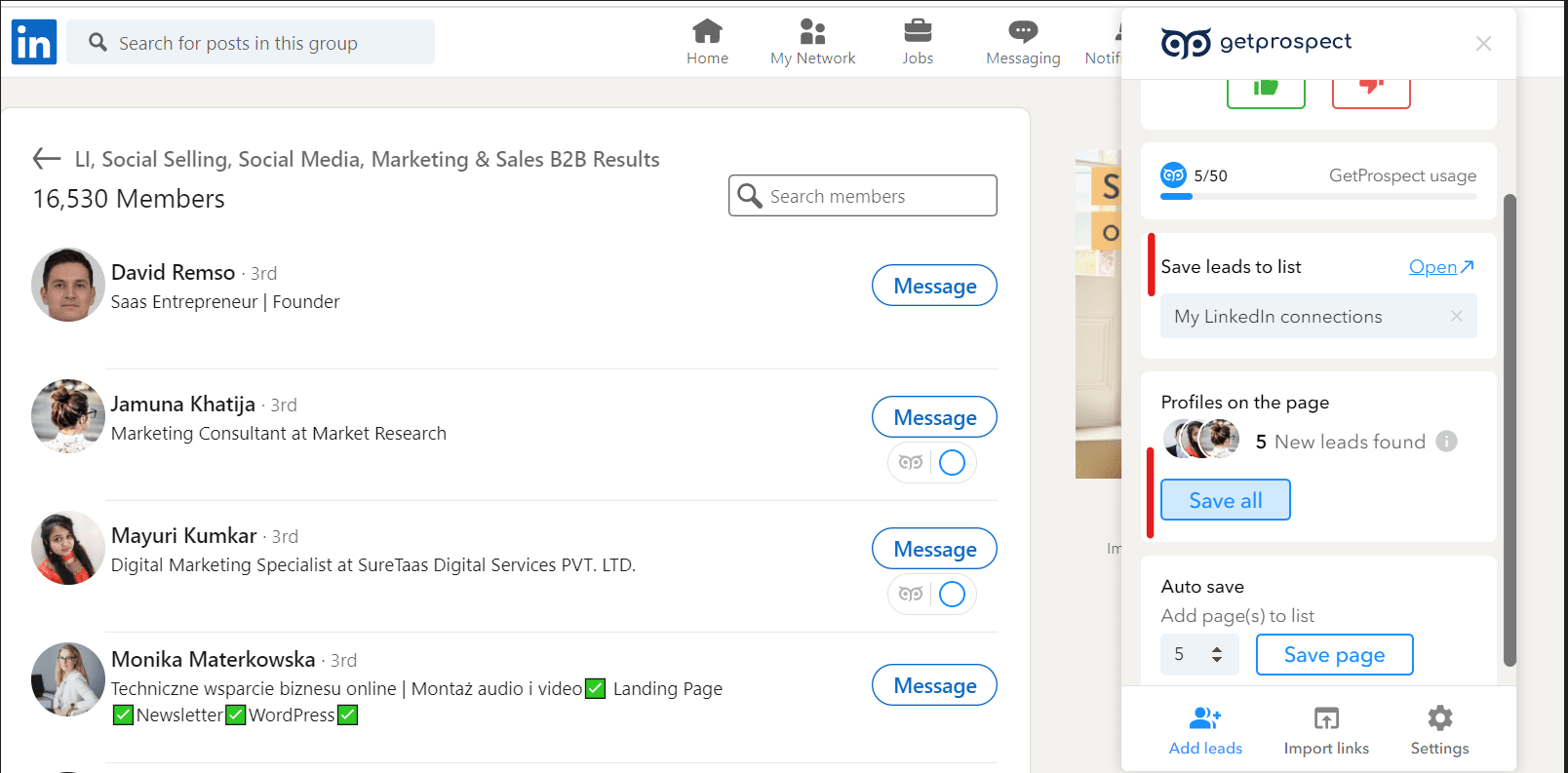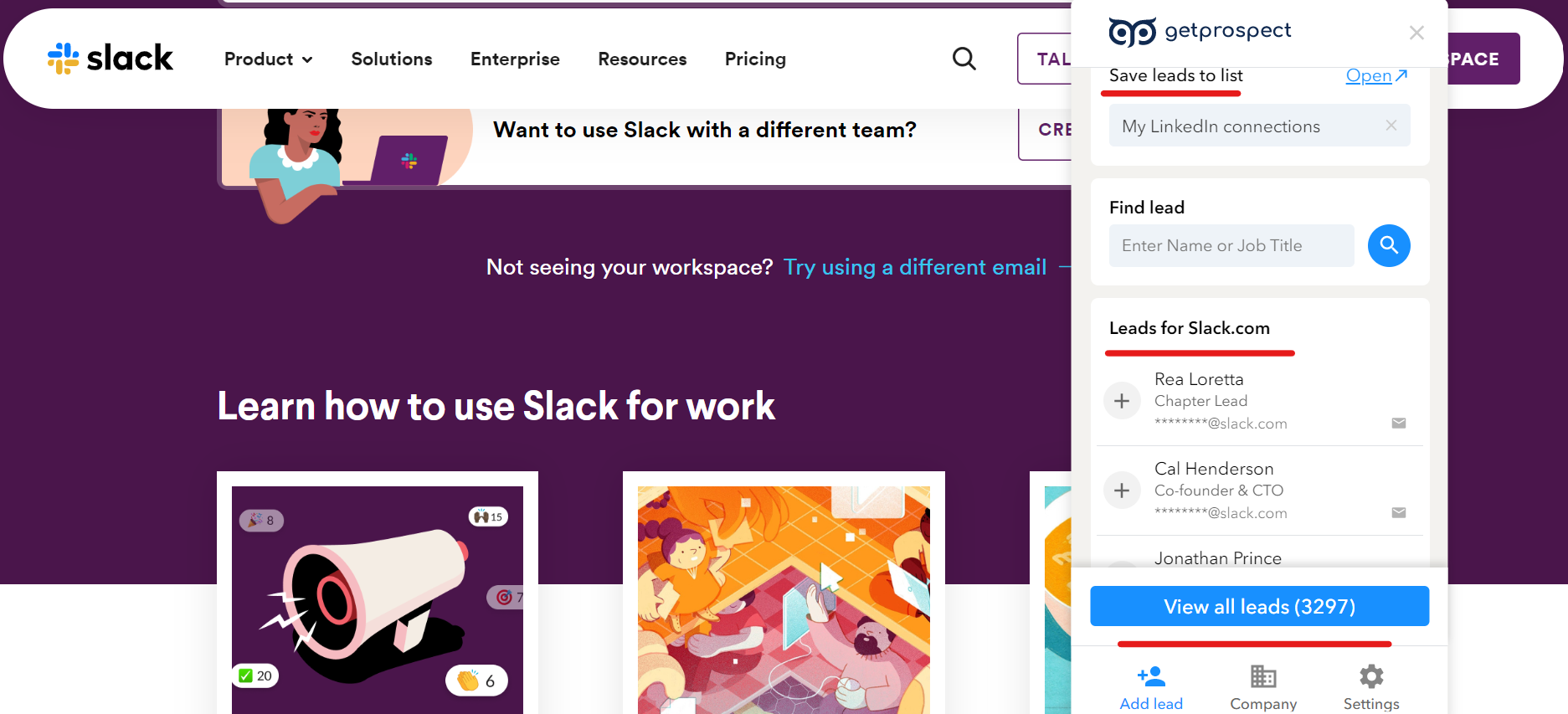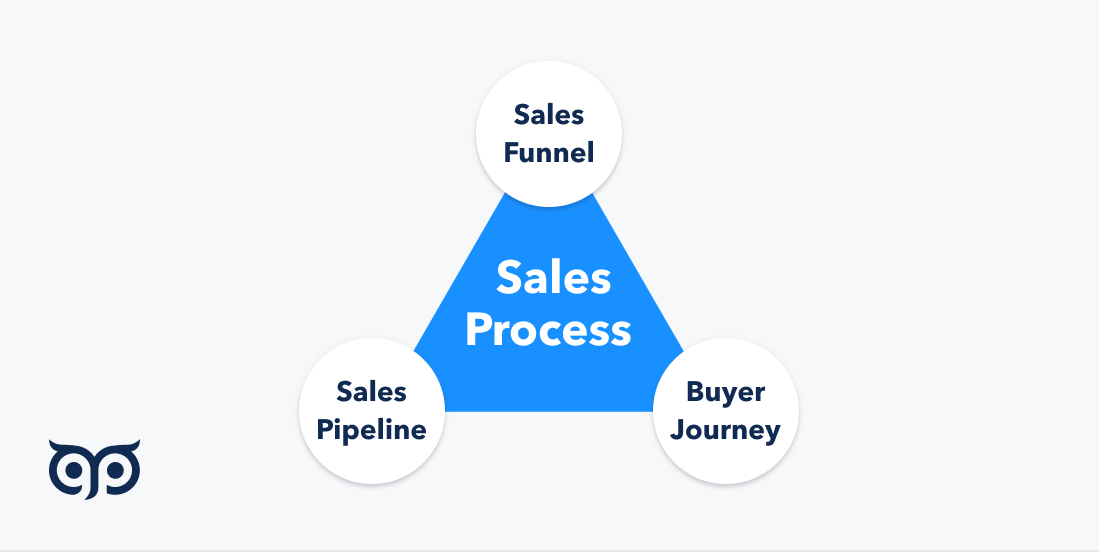Entrepreneurs opt for B2B clients for the main benefits — price point (you can be profitable with only one customer) and more predictable results. At the same time, B2B sales and marketing aren’t limited to «go and start outreaching companies offering your product».
We prepared a guide on key business 2 business sales points to have for a thriving sales organization (and business).
What is the difference between B2B and B2C?
The difference between B2B and B2C is that the former is the deal between companies, while the latter is the transaction between a business and an individual.
Here we explain the general difference between the B2B sales models. Please, keep in mind though, that there are exceptions: some B2B sales are similar to B2C processes and vice versa.
|
B2B sales |
B2C sales | |
|
Why they buy |
Buy to earn more money. It might be an indirect goal. Any other goals influence it somehow. |
Consumers buy because they personally like the product. They won’t buy if they don’t, regardless of all the rational reasoning. |
|
Sales process |
Salespeople often walk through the whole B2B sales process together with the client. From company awareness to considering the product and purchase. |
Consumers typically walk through the stages accompanied by the company’s marketing efforts and salespeople involved only in the actual sales. |
|
Sales cycle length |
Depending on the industry and business type, a B2B sales cycle can take anywhere from a month to a year. The average length is 4 months (HubSpot data). |
B2C sales are often impulsive. That’s why they are considerably faster. |
|
Sales strategy & channels |
The most effective B2B selling strategies for expensive products are highly personalized cold outreach and networking. At the same time, if you sell low-priced products, you will opt for marketing channels as a priority. |
Lead generation is based on marketing channels. E.g., social media paid ads, influencer marketing, and SEO. |
|
Decision-makers |
A panel of 6-10 people on average. Besides the department that will use your product, they may need approval from the financial, HR, and legal teams. |
1-2 people involved. Sometimes it may be a husband and a wife or a parent and a child. |
|
Sales experience needed |
Salespeople require deep and technical knowledge about a sales process in B2B and company product and industry to explain benefits and negotiate the purchase. |
A salesperson can be trained to sell consumer products for several hours or days. |
What are the four types of B2B selling?
-
Sole entrepreneurs — you sell to individuals who manage their small businesses.
-
Small businesses — you sell to mature small teams.
-
Startups — you sell to small companies which are growth-focused and may turn into enterprises in several years.
-
Enterprises — you sell to mature companies with 200+ headcounts.
A strategy choice depends on the audience type you market to. The methods may considerably differ for the above-mentioned four main examples of B2B businesses.
What is the difference between corporate sales and B2B sales
The difference between corporate sales and B2B sales is that corporate sales is selling from a company to enterprises. B2B sales are sales from one organization to another organization. It is a broader term than corporate sales.
B2B environment sales pillars
- Pillar 1. Sales strategy and B2B sales plan
- Pillar 2. B2B selling process
- Pillar 3. Tracking sales performance
- Pillar 4. Sales tools and enablement
- Pillar 5. Business 2 business sales team
Pillar 1. Sales strategy and B2B sales plan
Sales strategy is a set of methods that you choose for your business as the most effective to invest time and money. There are inbound and outbound strategies. First, you focus on one of them. Then experiment and leverage others as you grow.
A sales plan is the exact activities you will use to achieve your sales goals. You set quantitative goals and develop a sales plan for a certain period of time: a month, 2 months, 3 months, a year, 3 years.
Common B2B sales plan structure:
-
goals,
-
budget,
-
timeline,
-
team structure,
-
sales and marketing strategy (for aligned activities),
-
pricing strategy,
-
tools and resources,
-
a contingency list, and ways to refine your plan.
To build a business to business sales strategy and sales plan, first:
-
Create an ideal customer profile. How to do it for a new project — here.
-
Identify decision makers (the function you will sell to).
-
Do market research.
-
Articulate your unique value proposition.
B2B sales strategy examples
Example 1. Selling to enterprises, you can combine cold emailing and social selling. You will thoroughly pick out the most qualified business to business sales lead, research them and prepare a personalized message. You will try to build strong personal relationships between you and the potential (and then loyal) customers.
Tip: use B2B databases to find highly targeted leads and their contact information. You will make your search faster by filtering by technologies, countries, # of employees, etc.

Example 2. Selling to small businesses, you will either reach them via inbound channels (SEO, newsletter) or scale your outbound efforts (segment leads and automate cold emailing).
In the case of outbound strategy, there are tools to save you some time with finding and segmenting leads. For example, with the chrome extension, you can save the segments with valid contacts on the go. The tool can be used on Linkedin and potential accounts’ websites.
The image below shows how you can save members of a Linkedin group.

Here is how the extension works on the website.

Example 3. Selling to solo entrepreneurs, you will invest in inbound efforts and social paid ads. To become profitable, you have to get in front of hundreds or thousands of prospects.
Pillar 2. B2B selling process
Sales process has several images: sales pipeline, buyer journey, and sales funnel.

A sales pipeline includes stages a salesperson needs to carry out to lead a prospect to purchase. They typically include: lead generation → lead qualification → outreach → again lead qualification → negotiation → closing.
A buyer journey is a way a business to business sales lead goes through to buy your product. There are typically the following steps: problem realization, passive or active solution research, and solution choice.
The general stages of a sales funnel are awareness, consideration, and decision. You can dig into how to build B2B sales funnels for your company here.
Structuring your B2B sales tactics with the frameworks helps a lot in:
-
Tweaking more relevant approaches to each sales process stage
-
Allocating sales efforts more productively
-
Tracking each stage separately and understanding what to improve
-
Enhancing customer experience and meeting their expectations
Pillar 3. Tracking sales performance
Especially at the beginning of establishing your B2B sales techniques, you will experiment a lot. To know what boosts your growth and impedes it, you will need to set and track the right metrics.
You choose the metrics to track and analyze based on your goals and type of business.
Main sales metrics examples to start with:
-
Monthly and yearly revenue you generate.
-
Conversion rate. You divide the number of new customers by all opportunities you had
Other examples:
-
Failed deals. It means the number of slipped deals against the total number of deals within a certain period of time. It helps you learn what we did wrong and what needs to be fine-tuned. You can track it at any B2B business development stage. Good idea to collect feedback about what exactly went wrong for potential clients at some point — sales process, product, customer service, etc.
-
Quota attainment. Here you relate closed deals during a certain period to the planned number of deals for that period. Start measuring it after several months of active sales, when you have at least some data to analyze and make forecasts. You will know your capabilities and limitations and how many resources are necessary to achieve certain numbers.
-
Sales cycle length. Track the time at each stage of the sales process and the general time of the process. It is useless to track from the very beginning. You need at least several hundred customers to understand the adequate B2B selling process length.
With the numbers, you will know when (stage) a potential client becomes a hot lead. At this stage, they need special attention and may turn to another solution if you aren’t there to help.
-
Average deal size. The meaning of the B2B sales metric is the revenue per deal. You will need the metric if you are planning to move upmarket.
Pillar 4. Sales tools and enablement
There are many tools to make your business 2 business sales org more effective. To make the most of them, consider your company’s peculiarities when selecting and implementing them. Here is some general advice:
-
Take the sales pipeline and funnel you’ve built and consider what tech is available for each stage. You can use reviews websites to find the most suitable and affordable. Go to G2 or Capterra and filter by features and price.
-
Your first business 2 business sales tools should only have crucial features. All-in-one solutions might be overwhelming at the outset. You will spend a lot of time deciding what to turn on and what not while being unable to remove some features.
-
Usability is a crucial feature. A tool should make your life easier and not the other way around. If, after testing the tool, it turns out that it is easier to do the job without it, then this tool isn’t a fit for you right now, or you haven’t fully understood it.
-
Dedicate time to implementation and customization of new tools. Default versions might make your process especially challenging.
-
Especially at the beginning of your sales org, choose simple software with little training. Your team should be able to understand how to use it on their own.
Common business to-business sales examples of tools include:
-
Customer relationship management (CRM) software structures customer info during the sales cycle and afterward. Basically, it contains customer contact information and a summary of each touchpoint with your company. To choose and set up your CRM for an effective sales process — walk through our manual.
-
Conversation intelligence in your call center software analyzes your sales calls. You can search for keywords in your calls’ transcribed text, revise customer insights, recognize risky topics of conversation, and train a new business to business sales professional.
-
Cold email campaign software allows you to create email sequences, automate emailing and track email results. It differs from email marketing software in technical characteristics and is safer for cold email deliverability.
-
Sales intelligence. The software helps to find the necessary quantity of quality leads and provides insights into them for easier and better outreach. I can't help but mention that the GetProspect business contacts database falls into the category :)
-
E-signature tools help to sign documents fast and meet legal requirements. Such software helps to distribute sales contracts securely and get signatures.
Pillar 5. Business 2 business sales team
If you are just starting a business, the first sales will be made by you or your co-founder. You should test channels and tactics yourself first to know what to look for in your future salespeople.
Once you understand what works and make some sales, you will hire a junior business to business sales professional who will be able to repeat your documented techniques for several months. In a perfect scenario, it is better to hire several sales representatives. It will allow you to compare how various approaches work. At the same time, you can learn that one of them sells better or if they all underperform that something is wrong with the product.
Once you set up your basic B2B sales process, you can think about senior sales hires to scale and develop what you have.
Then consider adding a Revenue operations manager to your sales team. The role isn’t for corporations only. The right tech and the right data will boost your sales.
Summary
-
B2B sales are typically longer to close than B2C, while the revenue from one client is correspondingly higher.
-
Approach to B2B customers may considerably differ. Some of them are more like B2C clients (freelancers, sole entrepreneurs and small companies), and some require a highly personal approach to each client (corporate deals).
-
There are 5 key parts of business 2 business sales: plan & strategy, team, process, analytics, and tools.
-
The model workflow of a company sales development: study market and customers → plan relevant activities for the first time → structure your sales process with sales funnel and pipeline → sell it yourself → track results and refine the sales plan and process → choose suitable sales tools → hire juniors to replicate your processes → hire senior to develop what you already have.
Search for clients and their contacts, store info about them, easily export
Try the tool

